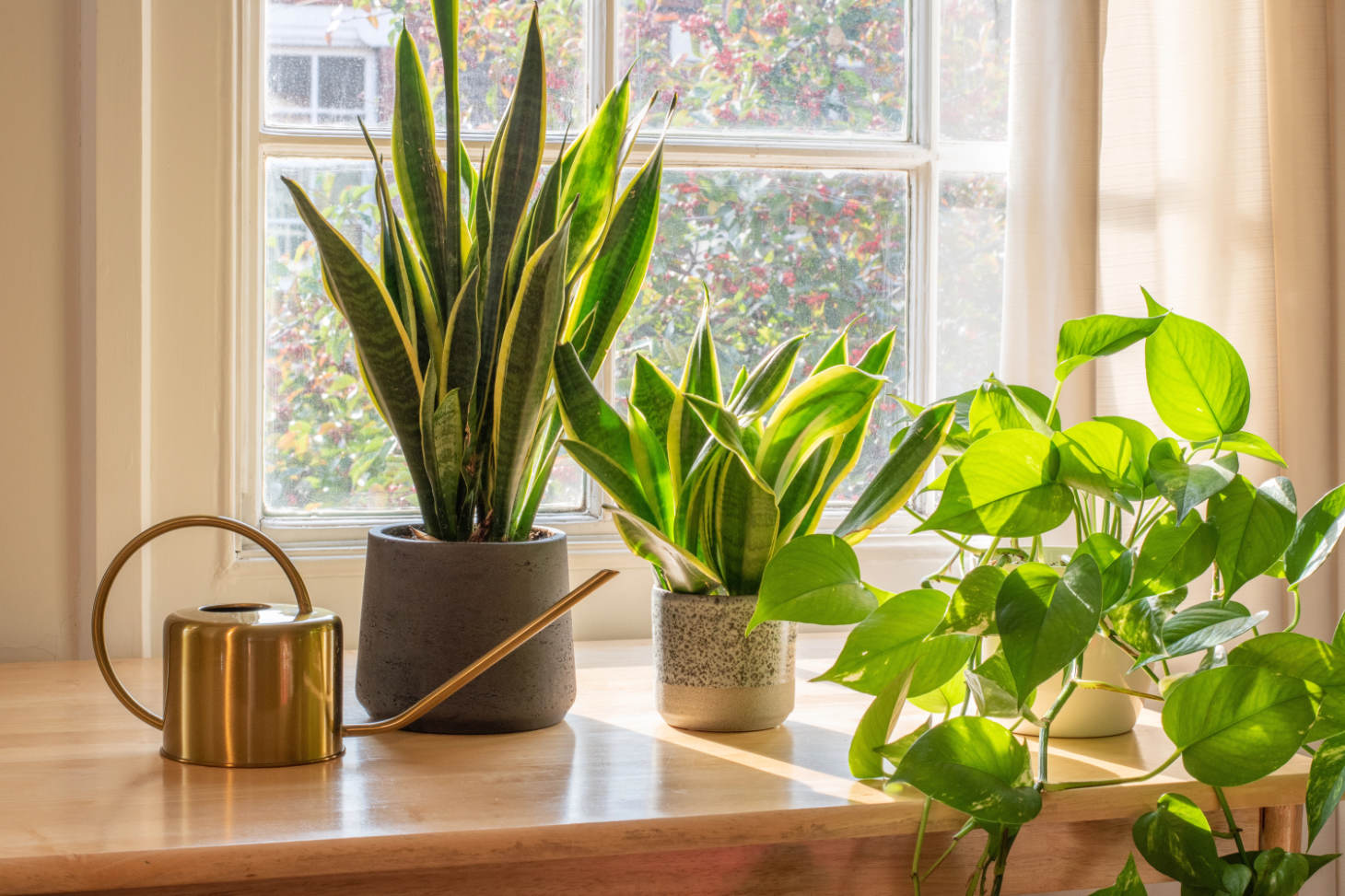Soil for Sansevieria (Snake Plants)
Sansevieria, also known as snake plants or mother-in-law’s tongue, are tough indoor plants that can thrive in many conditions. But to help them grow their best, you need the right soil. The ideal soil mix for snake plants is well-draining and contains a blend of potting soil, peat moss or coco coir, and sand or perlite.
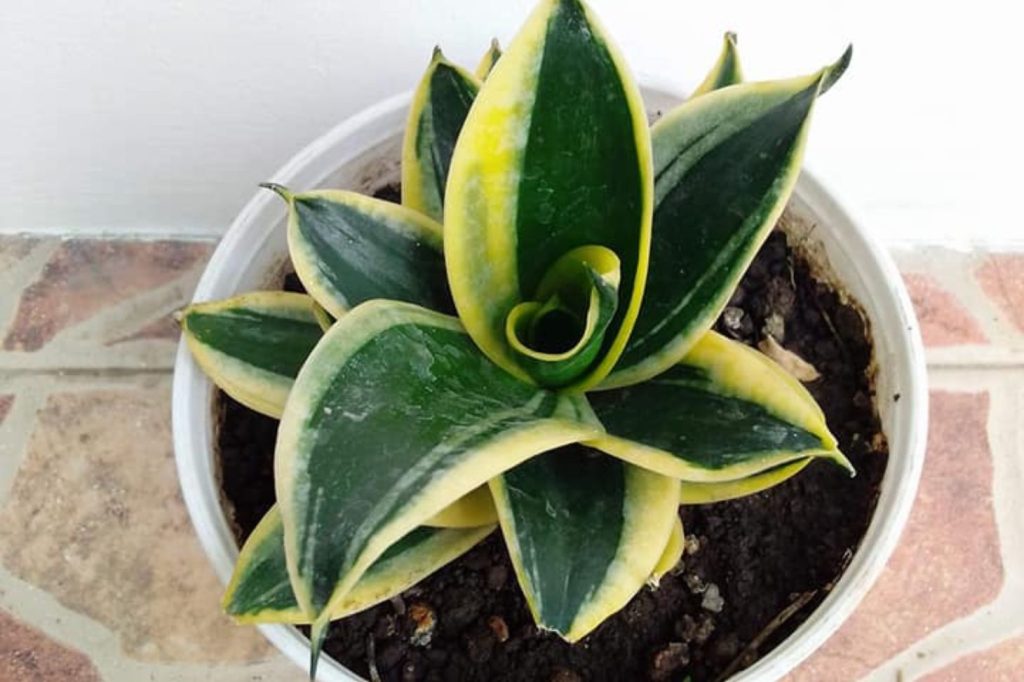
Good soil for Sansevieria should drain quickly to prevent root rot. You can make your own mix using 2 parts potting soil, 1 part coarse sand, and 1 part perlite or pumice. Or you can buy pre-made cactus or succulent soil. But many don’t drain well enough for snake plants, which can lead to root rot.
Our special succulent mix is perfectly formulated for excellent drainage, giving your snake plant the ideal growing conditions. Ready to try it?
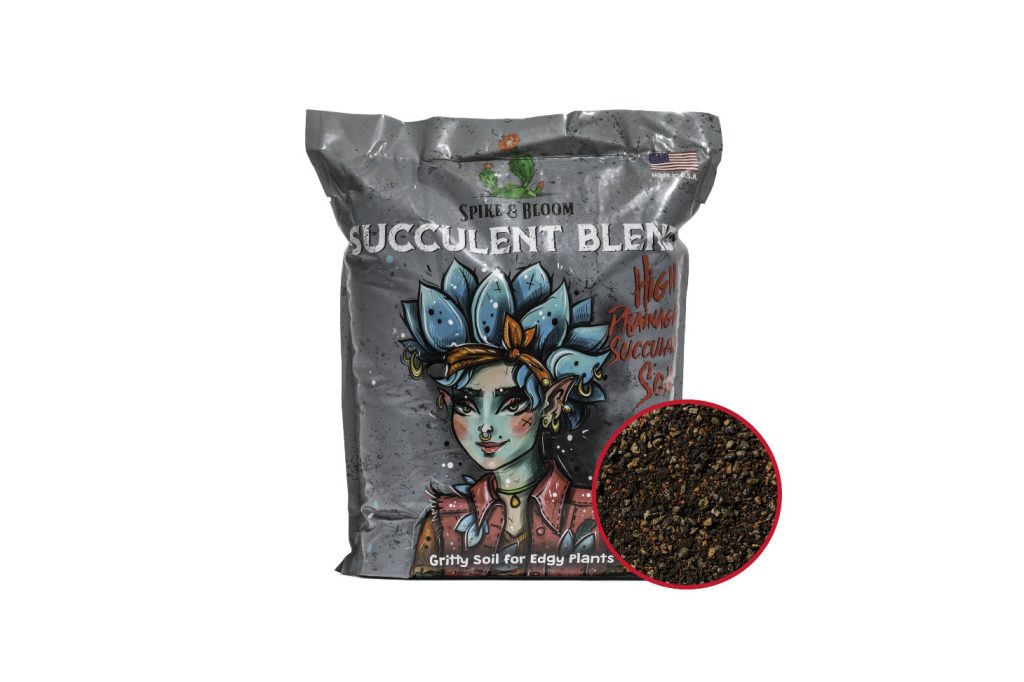
Snake plants aren’t picky about soil pH, but they do best in slightly acidic to neutral soil. A pH between 5.5 and 7.0 is perfect. You can test your soil with a simple pH meter from a garden store. With the right soil, your Dracaena trifasciata will be set up for success as a low-maintenance houseplant.
Understanding Soil Fundamentals for Sansevieria
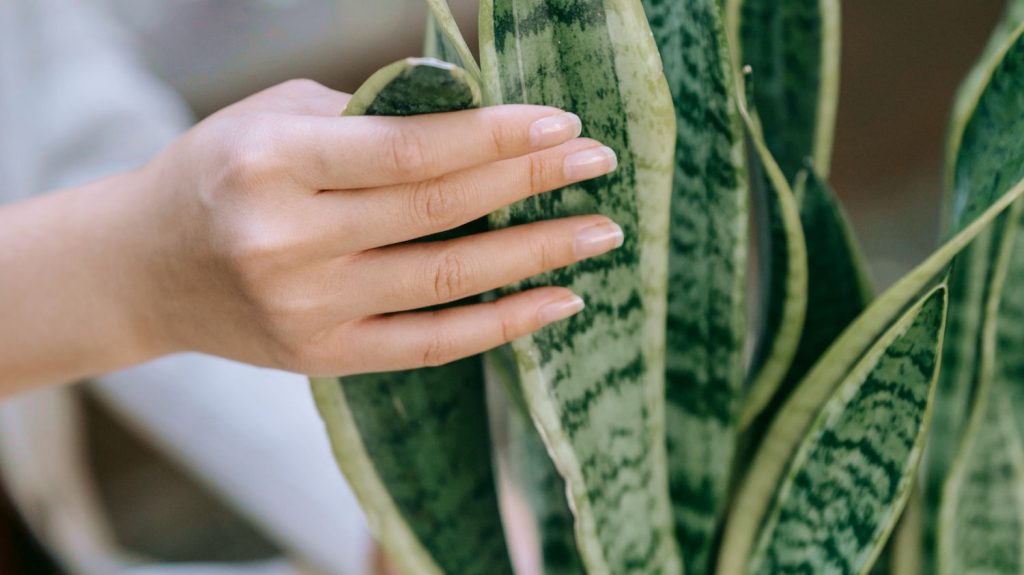
Sansevieria plants need the right soil mix to thrive. Good soil helps these plants grow strong and healthy.
Significance of Well-Draining Soil
Well-draining soil is key for Sansevieria. It stops water from sitting around the roots. This prevents root rot, a big problem for these plants.
You want soil that lets water flow through quickly. Look for mixes with coarse sand, perlite, or peat moss. These materials help water drain fast.
Soil Aeration and Root Health
Good air flow in soil is vital for Sansevieria roots. It lets them breathe and grow better.
Loose, airy soil helps roots spread out. This makes your plant stronger. Soil that’s too packed can hurt the roots.
Add things like perlite or bark chips to your mix. They create air pockets in the soil. This gives roots the oxygen they need.
Moisture Retention Vs. Drainage
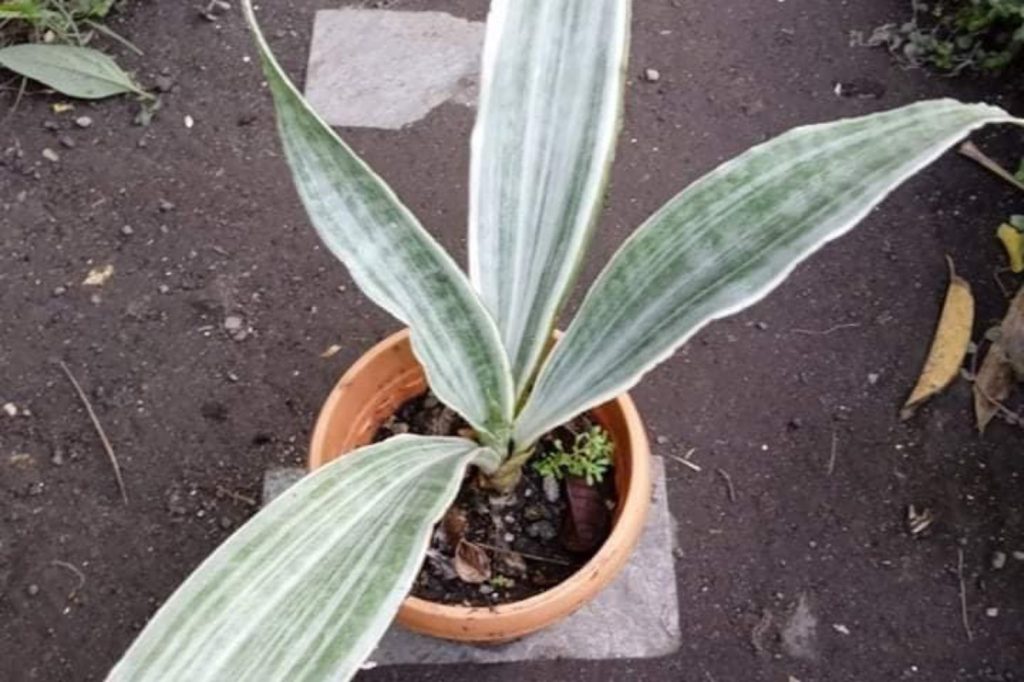
Sansevieria needs a balance between water and air in its soil. Too much water is bad, but so is too little.
The ideal soil holds some water but drains excess quickly. This keeps roots moist without drowning them.
You can add a bit of peat moss or coco coir to your mix. These hold water while still letting excess drain.
Test your soil mix by watering it. If water runs right through, add more water-holding stuff. If it stays wet too long, add more drainage materials.
Choosing the Right Soil Mix
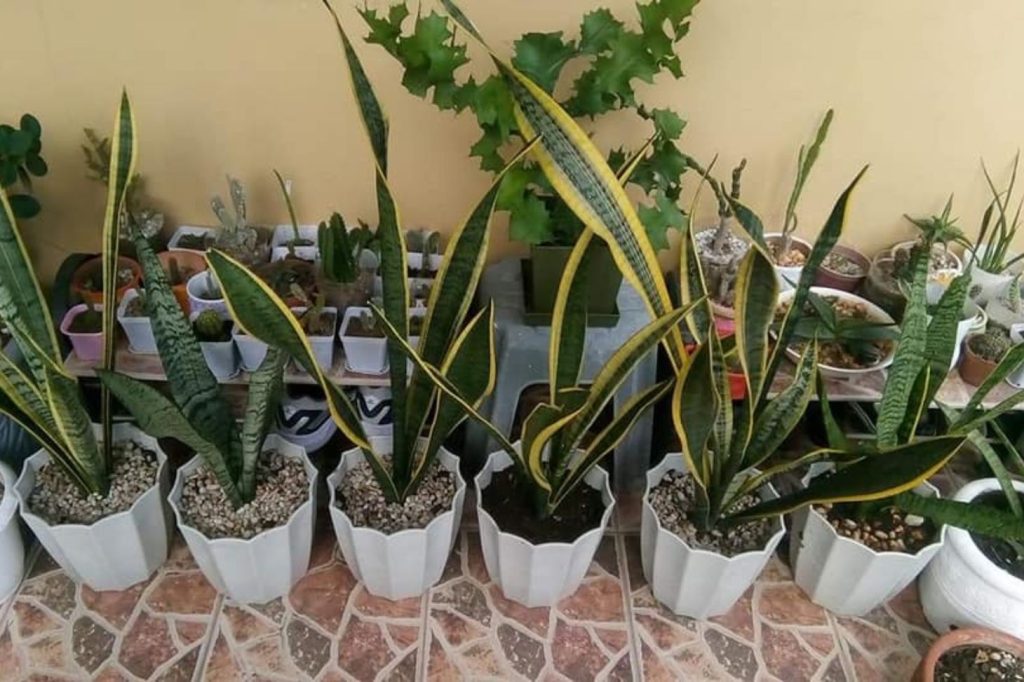
Picking the best soil for your snake plant is key to its health. The right mix lets water drain well and gives roots room to grow.
Custom DIY Sansevieria Soil
Making your own soil mix gives you more control. You can adjust it to fit your plant’s needs.
A basic recipe is:
- 2 parts potting soil
- 1 part coarse sand
- 1 part perlite or pumice
Mix these parts well. You can also add some orchid bark for extra drainage.
This mix is cheaper than store-bought options. It also lets you tweak the mix if your plant needs more or less water.
Key Ingredients for an Ideal Mix
The best snake plant soil has a few important parts:
- Potting soil: This is the base. It holds some water and nutrients.
- Perlite or pumice: These make air pockets in the soil.
- Coarse sand: This helps water drain fast.
- Orchid bark (optional): This makes the mix even more porous.
Your mix should feel light and crumbly. When you water it, the water should flow through quickly.
Avoid heavy soils or ones that stay wet for a long time. These can cause root rot in your snake plant.
Critical Components of Sansevieria Potting Mix

A good potting mix for snake plants needs to drain well while still holding some moisture. The right balance of materials is key for healthy growth.
Organic Vs. Inorganic Materials
Organic materials like coconut coir and compost add nutrients and help hold some moisture. Coconut coir is a great peat moss alternative that retains water without getting soggy. Compost boosts fertility and improves soil texture.
Inorganic materials create air pockets and promote drainage. Perlite is a lightweight volcanic rock that prevents soil compaction. Coarse sand also helps excess water drain quickly.
A suitable soil mix for snake plants typically consists of 2/3 potting soil and 1/3 succulent and cactus mix, or a similar combination that ensures good drainage. You can adjust this ratio based on your watering habits and climate.
Amendments for Nutrient-Rich Soil
Adding extra nutrients to your potting mix keeps snake plants healthy. Worm compost is full of beneficial microbes and plant-available nutrients. Mix in about 10-20% to enrich your soil.
You can also add slow-release fertilizer pellets. This provides a steady supply of nutrients over time. Be careful not to add too much, as snake plants don’t need a lot of fertilizer.
For extra drainage, mix in some orchid bark. This creates more air pockets in the soil.
Container Requirements for Snake Plants
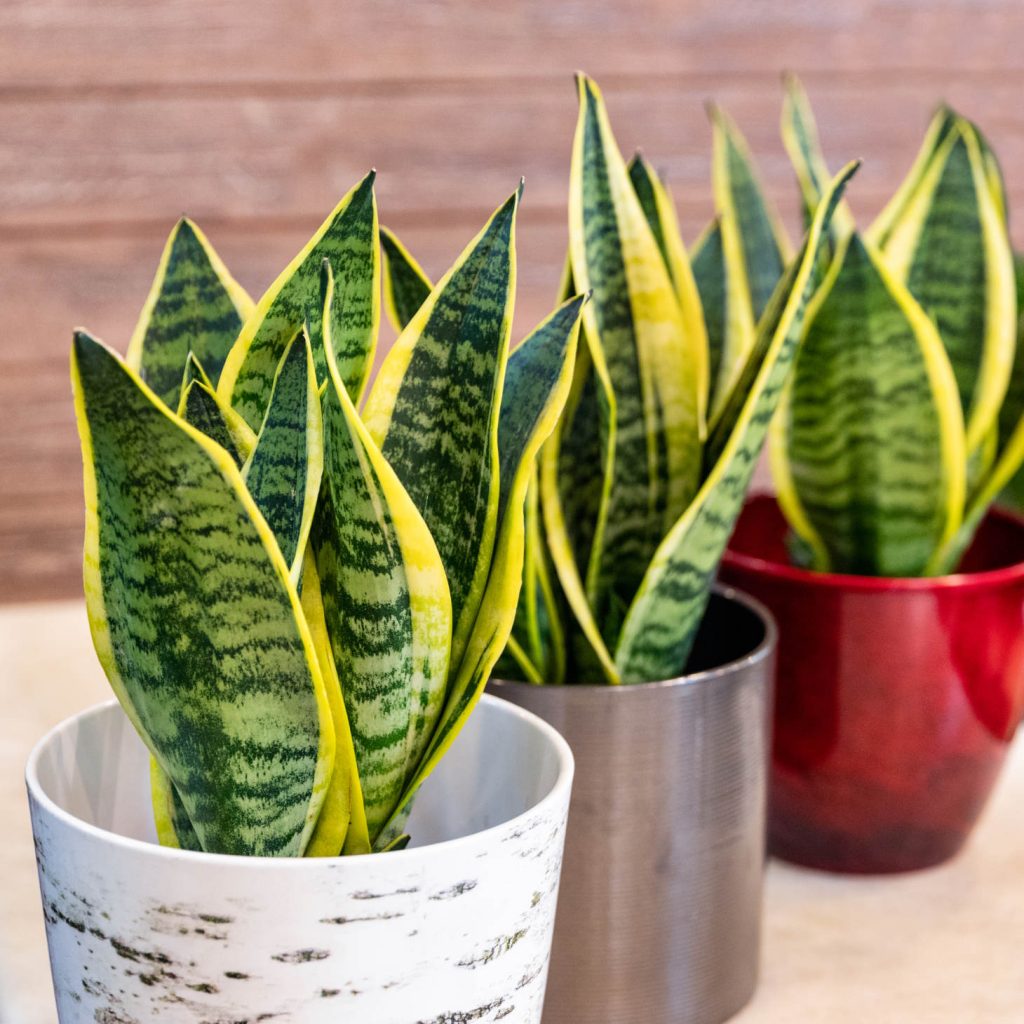
Snake plants need the right container to thrive. The pot you choose affects drainage, root health, and overall growth.
The Role of Drainage Holes
Drainage holes are key for snake plant pots. They let excess water escape, stopping root rot.
Pick a pot with at least one big hole at the bottom. Multiple smaller holes work too. If your pot lacks holes, drill some yourself.
Don’t cover drainage holes with rocks or gravel. This can block water flow. Instead, use a coffee filter or mesh screen to keep soil in while letting water out.
Pros and Cons of Different Pot Materials
Terracotta pots are great for snake plants. They’re porous, letting air and water move freely. This helps prevent overwatering.
Terracotta can dry out soil faster, so you may need to water more often. These pots are also heavy and can break if dropped.
Plastic pots are light and cheap. They hold moisture well, which can be good or bad. You’ll need to be careful not to overwater.
Ceramic pots look nice but can be heavy. They don’t breathe like terracotta, so watch your watering.
Metal pots can heat up in sun, harming roots. Wooden pots rot over time. Both need drainage holes.
Steps for Repotting Sansevieria
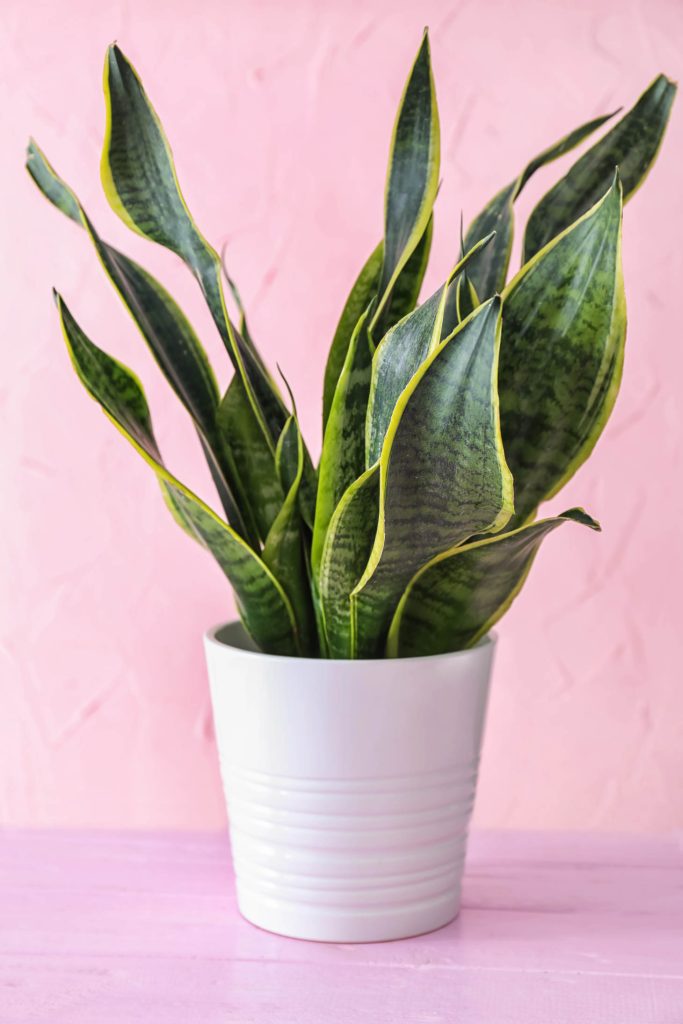
Repotting a snake plant keeps it healthy and thriving. Proper timing and techniques are key for success. Let’s look at when and how to repot your sansevieria.
When to Repot a Snake Plant
Snake plants don’t need frequent repotting. You should repot every 2-3 years or when you see these signs:
- Roots growing out of drainage holes
- Plant becoming top-heavy and unstable
- Soil drying out very quickly
- Slower growth or yellowing leaves
Spring and summer are the best times to repot. This gives your plant time to settle before winter dormancy.
Best Practices for Repotting
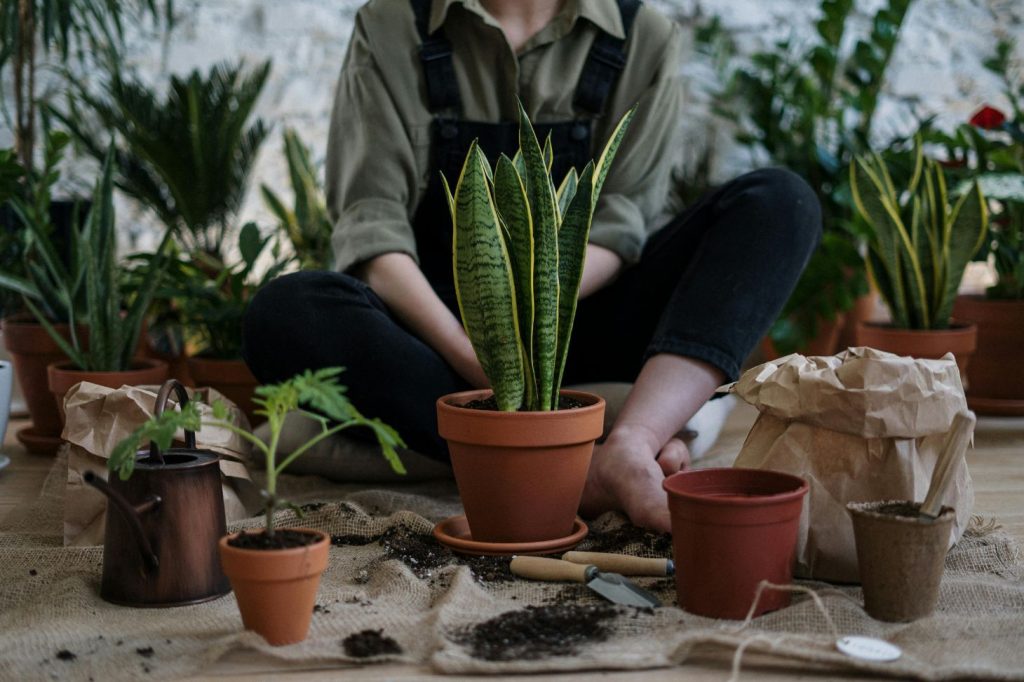
To repot your snake plant:
- Choose a pot 1-2 inches wider than the current one.
- Use well-draining soil. Mix 2 parts potting soil, 1 part coarse sand, and 1 part perlite or pumice.
- Gently remove the plant from its old pot.
- Loosen the root ball and trim damaged roots.
- Place in the new pot at the same depth as before.
- Fill with soil mix, leaving 1 inch at the top.
- Place in bright, indirect light.
Don’t water for a week after repotting. This lets any root damage heal. Keep an eye on your plant for the next few weeks to make sure it’s adjusting well.
Common Issues and Solutions
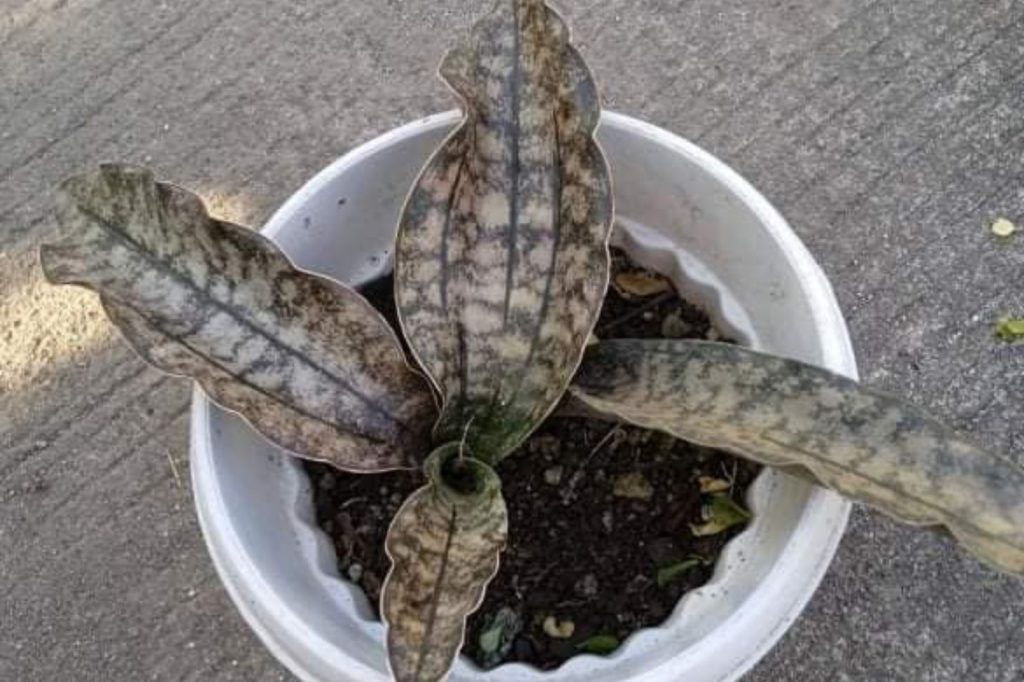
Sansevieria plants can face problems that affect their health and appearance. Proper care and quick action can solve these issues and keep your plant thriving.
Overcoming Overwatering and Root Rot
Overwatering is a common problem for snake plants. Too much water makes the soil soggy and leads to root rot. Signs of overwatering include yellow leaves, soft stems, and a bad smell from the soil.
To fix this:
- Water less often. Let the soil dry out between waterings.
- Use well-draining soil. Mix in sand or perlite to improve drainage.
- Check your pot’s drainage holes. Make sure water can escape easily.
- If root rot has set in, remove the plant from its pot. Cut away any brown, mushy roots. Repot in fresh, dry soil.
Dealing with Pests and Diseases
Snake plants can get pests like spider mites and mealybugs. These tiny bugs feed on the plant and cause damage. Diseases can also harm your plant if left untreated.
To combat pests:
- Inspect your plant regularly for signs of bugs.
- Wipe leaves with a damp cloth to remove pests.
- Use neem oil or insecticidal soap for serious infestations.
For diseases:
- Remove any infected parts of the plant.
- Avoid getting water on the leaves when watering.
- Ensure good air flow around your plant.
Good plant care habits can prevent many issues. Give your snake plant the right amount of light and water. It will reward you with healthy growth and fewer problems.
Optimizing Growth Conditions
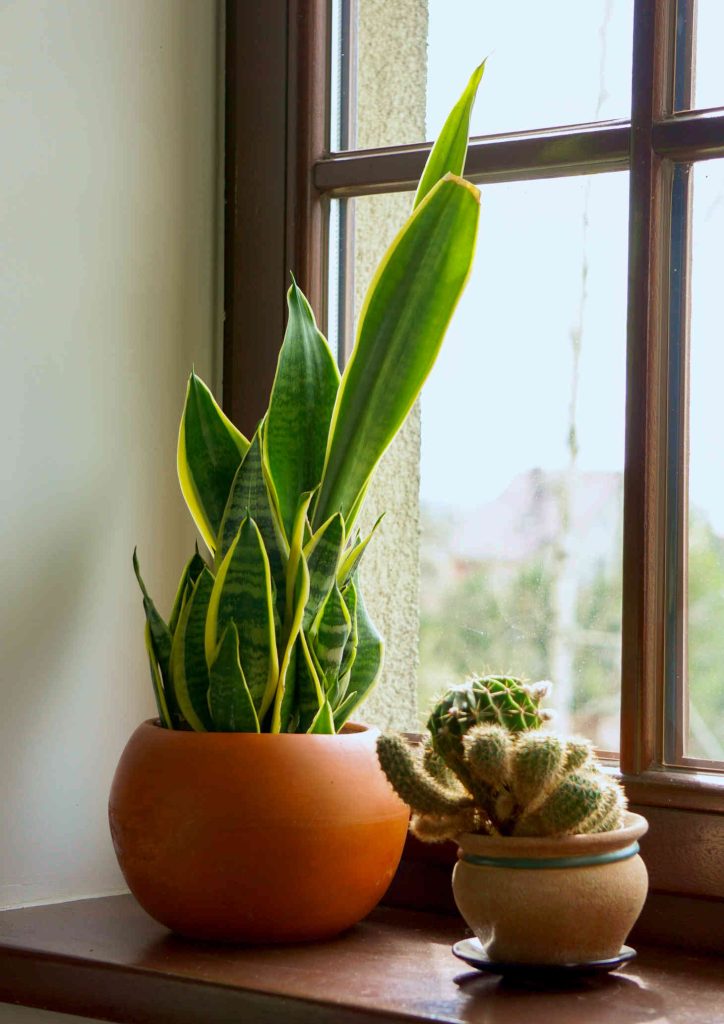
Proper care helps sansevieria thrive. Key factors include light, temperature, water, and nutrients. Let’s look at how to give your snake plant ideal conditions.
Ideal Lighting and Temperature
Snake plants do well in bright indirect light. Place them near a window with filtered sunlight. They can also handle low light, but may grow slower.
These plants like warm temps between 70-90°F (21-32°C). Keep them away from cold drafts and air conditioning vents.
In winter, move plants away from chilly windows. Snake plants can survive brief cold spells but prefer steady warmth.
Watering Schedule and Technique
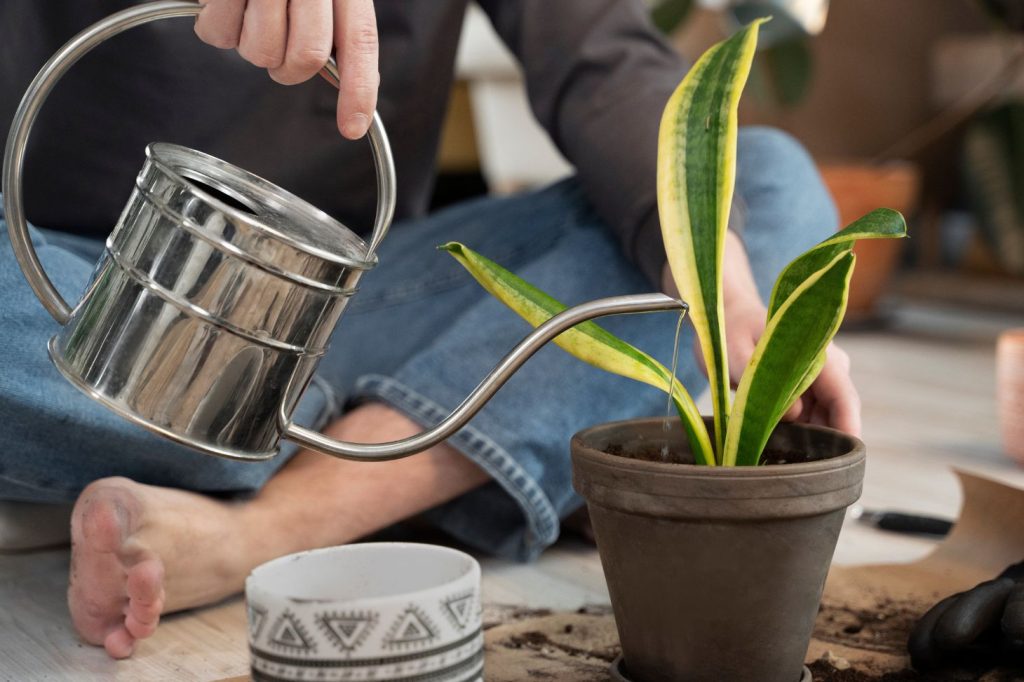
Snake plants are drought-tolerant. Water only when the soil is dry 2-3 inches deep. In winter, water less often.
Use the soak and dry method:
- Water thoroughly until it drains out the bottom
- Let the soil dry out before watering again
- Use pots with drainage holes
Avoid getting water on the leaves. This can cause rot. Water at the base of the plant instead.
Fertilizing Requirements
Snake plants don’t need much fertilizer. Feed them lightly during the growing season (spring and summer).
Use a balanced liquid fertilizer (10-10-10 NPK) diluted to half strength. Apply every 4-6 weeks.
Don’t fertilize in fall and winter when growth slows. Too much fertilizer can harm snake plants. It’s better to under-fertilize than overdo it.
Key nutrients:
- Nitrogen (N): Promotes leaf growth
- Phosphorus (P): Helps roots develop
- Potassium (K): Improves overall plant health
Stop fertilizing if you notice brown leaf tips. This can be a sign of fertilizer burn.

